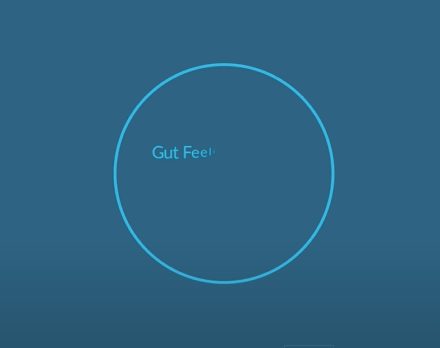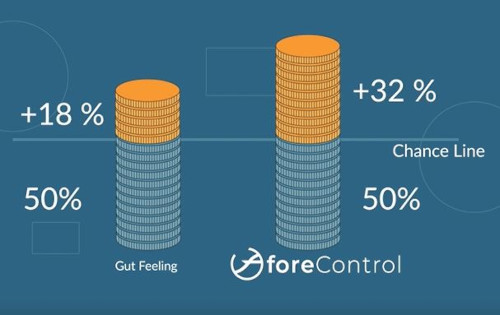In B2B sales, predicting the probability of success is accompanied by numerous cognitive biases. The gut feeling distorts the picture of the sales situation and often leads to sales activities that are not goal-oriented. To proactively manage the sales process, the sales team must have an objective picture of the current sales situation:
- How is my relationship with the decision-makers, and how does the decision-making process work?
- How well can we meet the prospect’s requirements and expectations?
- Who are the competitors, and how can we win against them?
The sales team needs to know the relevant success factors to gain a holistic view of the sales situation. In other words, they must know the questions which determine whether an opportunity will be won or lost.
When developing a solution for predicting and managing opportunities in B2B sales, we focused on two major goals:




